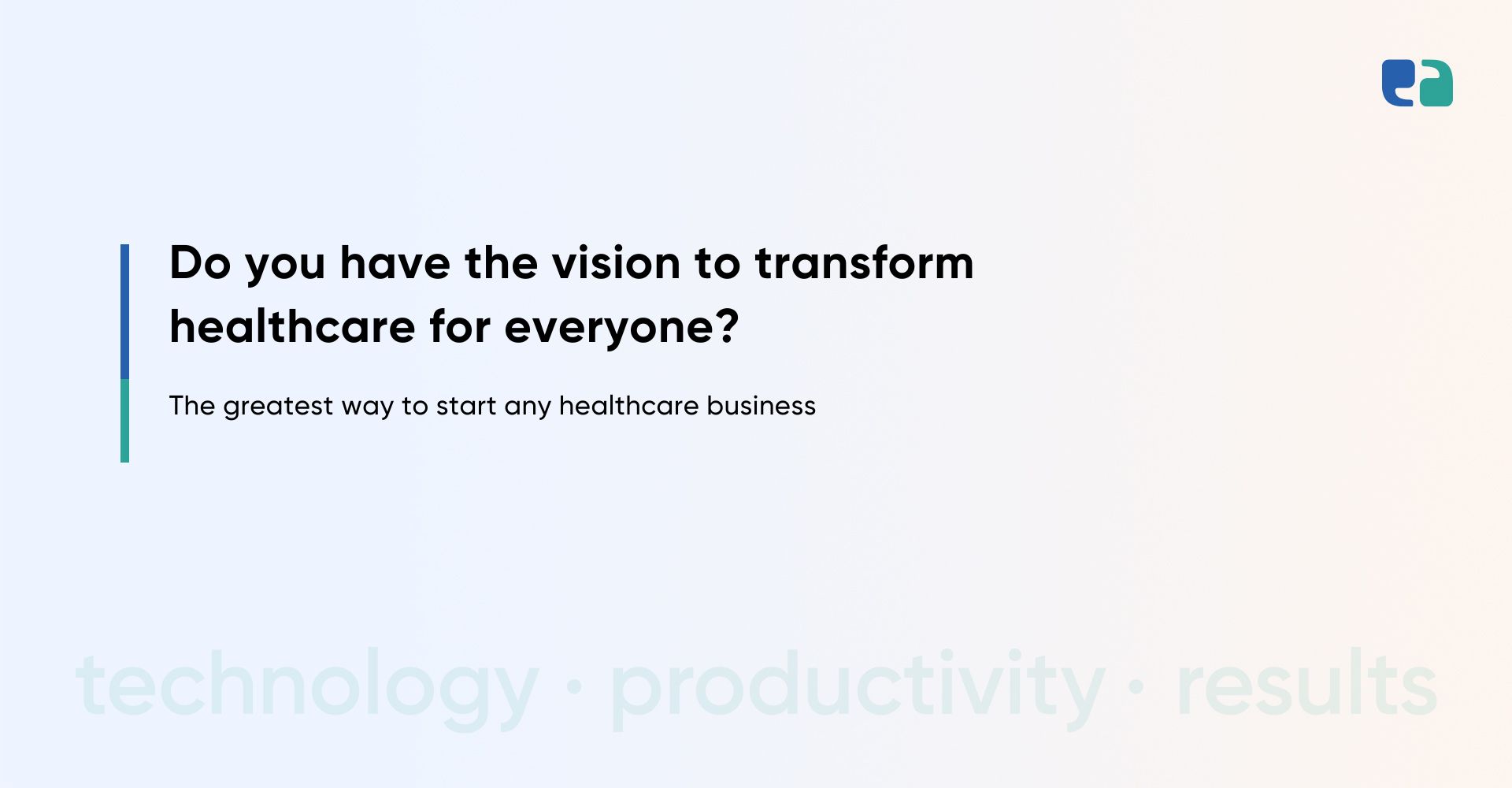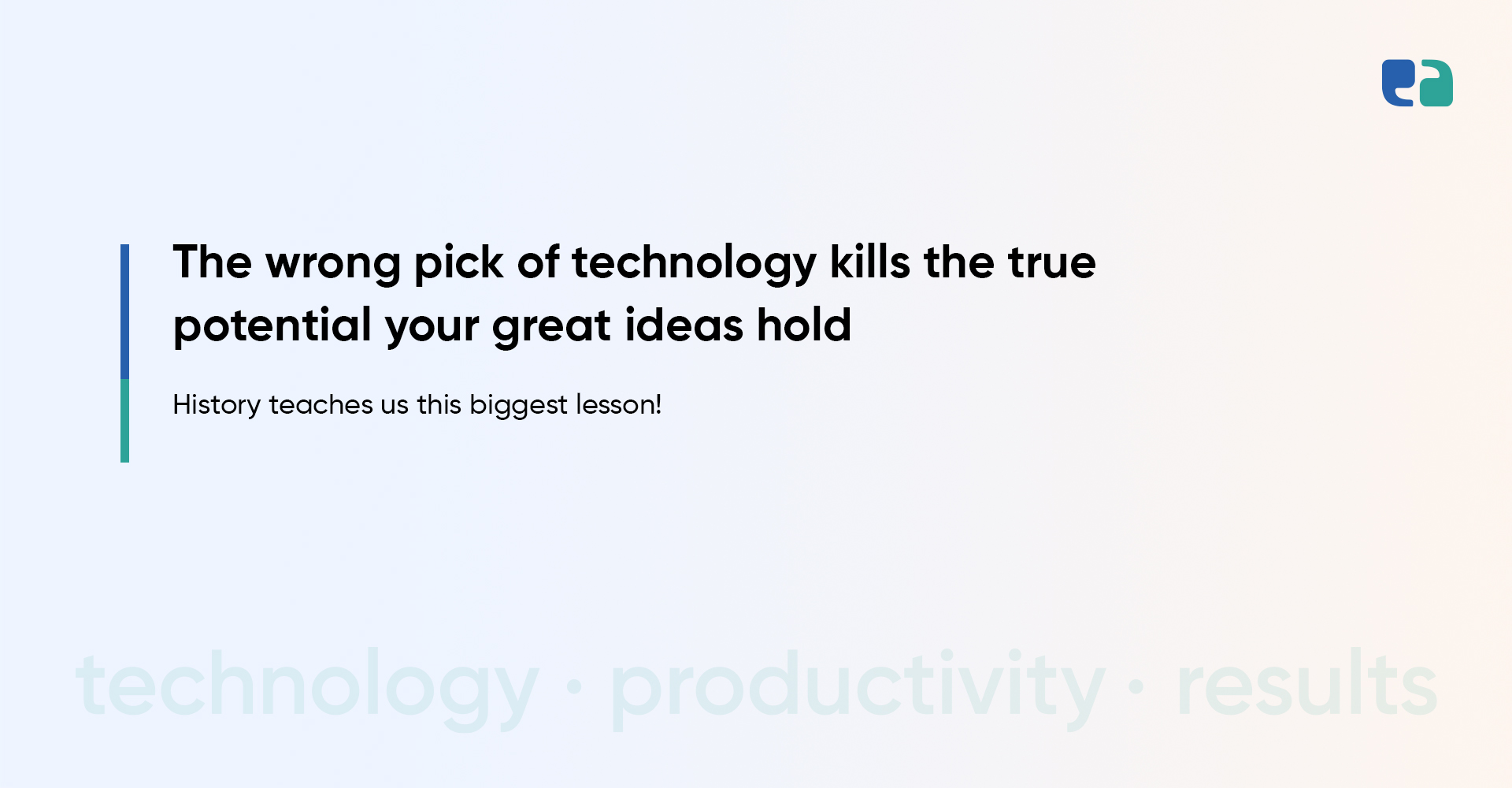Healthcare is changing fast, and Remote Patient Monitoring (RPM) apps are leading the way.
These apps help doctors and patients stay connected, no matter where they are.
With tools like data analytics, IoT devices, and telecommunication, RPM makes healthcare more accessible, efficient, and patient-friendly.
For example, patients with chronic conditions can track their vital signs at home, reducing the need for frequent hospital visits.
This is especially helpful for people in rural or remote areas, where healthcare access is limited.
RPM also helps doctors catch health issues early, leading to better outcomes and fewer hospital readmissions.
But how much does it cost to build an RPM app?
The price can vary widely—from $50,000 to $400,000 or more—depending on the features, technology, and level of customization.
If you’re planning to build an RPM app, this guide will help you budget smartly and make informed decisions.
Factors Affecting the Cost to Build an RPM System
Building a Remote Patient Monitoring (RPM) app isn’t just about coding—it’s about balancing features, security, and budget. Let’s break down the key factors that impact development costs.
1. Customization Level
Do you need a basic RPM app or a fully tailored solution? Customization increases costs.
If your app needs to connect with specific medical devices, support complex workflows, or have a sleek UI for both patients and doctors, expect a bigger price tag.
Ongoing updates and maintenance also add to the budget.
2. Features & Complexity
The more features, the higher the cost. Basic apps track vitals and send alerts, while advanced RPM apps offer real-time monitoring, AI-driven insights, and interactive patient dashboards.
If you want predictive analytics or telehealth features, be ready for more development hours and testing.
3. Compliance & Security
Healthcare data security is non-negotiable. Your app must follow laws like HIPAA (USA) and PIPEDA (Canada).
That means data encryption, secure storage, multi-factor authentication, and regular security audits—all of which add to the cost.
4. Integration with Healthcare Systems
Your RPM app needs to sync with EHRs (Electronic Health Records) smoothly. But integrating with different systems can be tricky.
If your app needs deep EHR connectivity, lab data access, or doctor-patient communication, expect higher development and testing costs.
Must Read: Ultimate Guide to Achieving EHR Interoperability with Ease
5. Software Complexity
There are three levels of RPM apps:
- Basic: Tracks vitals, sends alerts (low-cost).
- Medium: Adds better analytics, patient engagement (moderate-cost).
- Advanced: Includes AI, predictive health insights, telemedicine (high-cost).
6. Development Team Location
Where your developers are based affects pricing. For example:
- USA/Canada: $95–$100/hour
- UAE: $60–$65/hour
- Asia (e.g., India): $25–$40/hour
7. Team Size
A small team means lower cost but slower development. A large team means faster delivery but higher expenses. Key team members include:
- Developers ($28–$30/hour)
- UI/UX Designers ($20–$25/hour)
- Tech Leads ($30+/hour)
By understanding these cost factors, you can plan your RPM app budget wisely.
How Much Does It Cost to Build an RPM App? A Detailed Cost Breakdown
Building an RPM app is an investment, and the cost depends on the features, complexity, and compliance requirements. Let’s break it down.
MVP vs. Full-Scale RPM App
- MVP (Basic Features): If you’re starting small, an MVP is the way to go. It includes core features like data collection (vitals, symptoms), basic analysis, and patient alerts. Development takes 800–1200 hours, costing around $50,000–$100,000.
- Full-Scale App (Advanced Features): If you need real-time data tracking, AI-driven analytics, telehealth features, and EHR integration, the cost goes up. A fully customized RPM app can range from $100,000 to $400,000+.
Cost Breakdown by Development Phase
1. Planning & Requirement Analysis – Understanding features, integrations, and compliance needs.
2. UI/UX Design & Architecture – Creating user-friendly interfaces and backend structures. Basic designs cost $10,000–$20,000, while advanced designs can go beyond $50,000.
3. Core Development – Coding the app, integrating devices, and adding features. Development alone takes 2000+ hours, with hourly rates ranging from $20 (Asia) to $150 (North America).
4. Medical Device & EHR Integration – Basic integrations cost $10,000–$30,000; complex ones go up to $100,000.
5. Security & Compliance – Implementing HIPAA/PIPEDA security measures can add $10,000–$30,000+.
6. Testing & Deployment – Ensuring smooth functionality before launching. QA costs vary based on testing scope.
7. Ongoing Maintenance – Expect to spend 15-20% of the initial cost annually on updates, security patches, and compliance upgrades.
Sharing images of a telemedicine app we recently developed for a client.

Smart Budgeting Tips to Build an RPM App Without Overspending
Building an RPM (Remote Patient Monitoring) app is a big investment. But with the right approach, you can control costs without cutting corners. Here’s how:
Why Choose SyS Creations for Your RPM App?
Building an RPM app requires the right technology partner—one with deep healthcare IT experience and flexible solutions. That’s where SyS Creations comes in.




